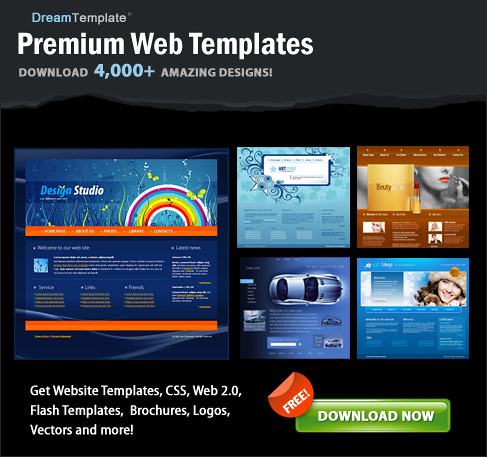ADO CursorType Property
 Complete Recordset Object Reference Complete Recordset Object Reference
The CursorType property sets or returns the cursor type to use when opening a Recordset
object. This
property can take a CursorTypeEnum value.
Default is adOpenForwardOnly.
Note: If the CursorLocation property is set to adUseClient, the only
valid setting for the CursorType property is adOpenStatic.
Note: No error will occur if an unsupported value is set, the
provider will just change to a supported CursorType instead.
Syntax
Example
<%
set conn=Server.CreateObject("ADODB.Connection")
conn.Provider="Microsoft.Jet.OLEDB.4.0"
conn.Open(Server.Mappath("northwind.mdb"))
set rs = Server.CreateObject("ADODB.recordset")
sql="SELECT * FROM Customers"
rs.CursorLocation = adUseClient
rs.CursorType = adOpenStatic
rs.LockType = adLockBatchOptimistic
rs.Open sql, conn
%>
|
CursorTypeEnum Values
| Constant |
Value |
Description |
| adOpenUnspecified |
-1 |
Does not specify the type of cursor. |
| adOpenForwardOnly |
0 |
Default. Uses a forward-only cursor. Identical to a static cursor,
except that you can only scroll forward through records. This improves
performance when you need to make only one pass through a Recordset. |
| adOpenKeyset |
1 |
Uses a keyset cursor. Like a dynamic cursor, except that you can't see
records that other users add, although records that other users delete
are inaccessible from your Recordset. Data changes by other users are
still visible. |
| adOpenDynamic |
2 |
Uses a dynamic cursor. Additions, changes, and deletions by other
users are visible, and all types of movement through the Recordset are
allowed, except for bookmarks, if the provider doesn't support them. |
| adOpenStatic |
3 |
Uses a static cursor. A static copy of a set of records that you can
use to find data or generate reports. Additions, changes, or deletions
by other users are not visible. |
 Complete Recordset Object Reference Complete Recordset Object Reference

 |
|
Get Your Diploma!
W3Schools' Online Certification Program is the perfect solution for busy
professionals who need to balance work, family, and career building.
The HTML Certificate is for developers who want to document their knowledge of HTML, XHTML, and CSS.
The JavaScript Certificate is for developers who want to document their knowledge of JavaScript and the HTML DOM.
The XML Certificate is for developers who want to document their knowledge of XML, XML DOM and XSLT.
The ASP Certificate is for developers who want to document their knowledge of ASP, SQL, and ADO.
The PHP Certificate is for developers who want to document their knowledge of PHP and SQL (MySQL).
|
|